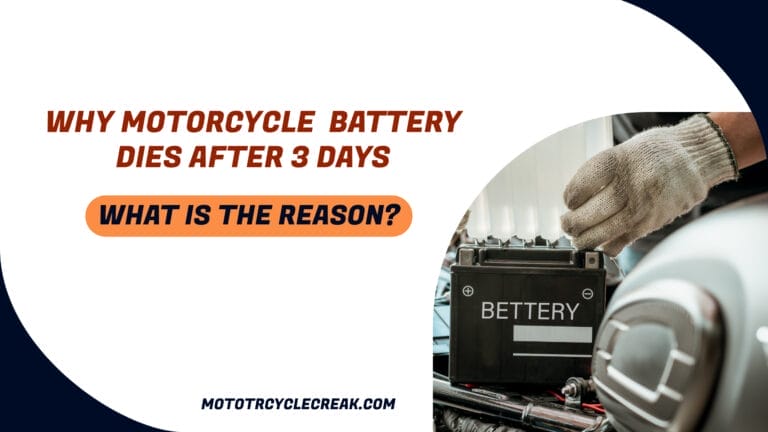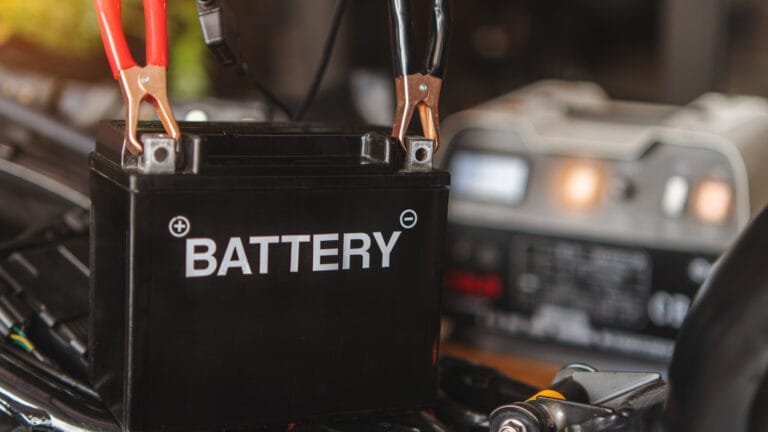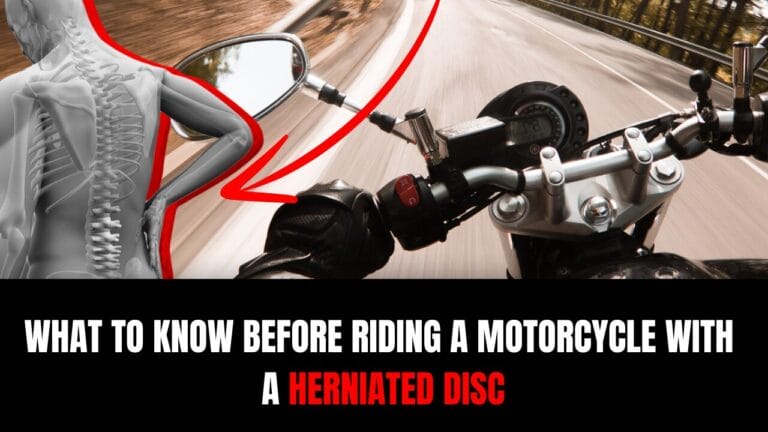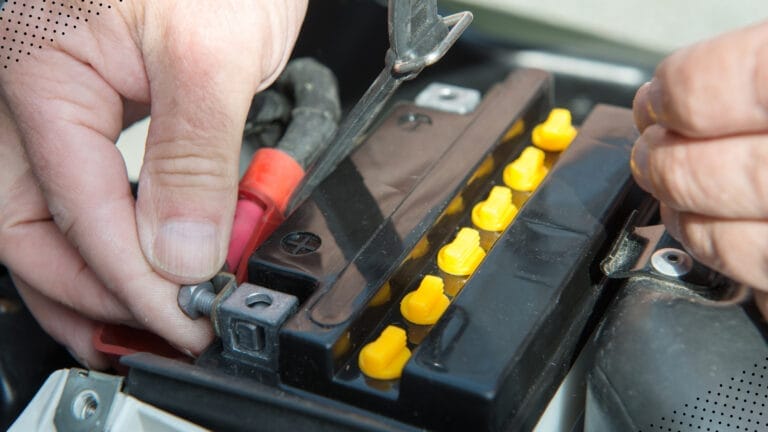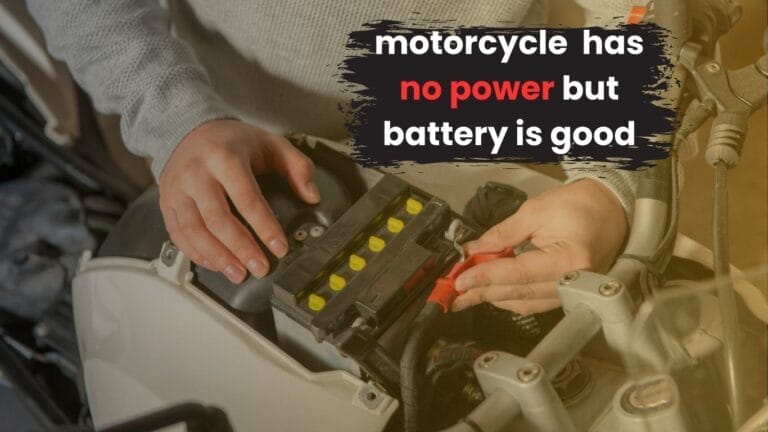Why Does My Motorcycle Backfire Through the Carburetor: 6 Troubleshooting Tips
When your motor fuel ignites outside the combustion chamber, your motorcycle backfires through the carb and rides rough. To fix this, first, you need to know why your motorcycle backfires through the carburetor.
Improper air-fuel ratio, spark plug issues, and lack of ignition point adjustment are the main reasons why the carb backfires. Some other causes include bad carburetor, carbon buildup, and problems with the intake valve. In some rare cases, a malfunctioning ECU and broken wires can be the issue.
Let’s dive in and find out what causes carburetor to backfire. I’ll also share some tips to troubleshoot the issue by yourself.
Why Does a Motorcycle Backfire Through the Carburetor: Possible Fixes
For a successful combustion, the carburetor, ignition system, and fuel system must work in sync. If they fail, unusual combustion in the intake manifold will cause your motorbike to backfire through the carburetor. Here’s what you need to know about carb backfires:

Spark Plug Issues
As you turn the motorcycle engine on, the spark plugs ignite the fuel to initiate the combustion process. The created gas moves the pistons and powers the vehicle.
If the spark plugs are worn, damaged, or improperly adjusted, the combustion occurs at the wrong time. Premature ignition of the fuel leads to carburetor backfires.
- How to Fix?
According to experts, you should change your vehicle’s spark plugs every 10,000 miles. For this, follow the steps given below:
- Look for threaded metal components protruding from the top of the engine. It can also be wrapped in a rubber or plastic cover. Depending on your motorcycle type, there might be up to 4 spark plugs on the cylinder head.
- Remove the spark plug cover and connected wire. Now you can directly access the spark plug head. Use a socket wrench and turn the plug head counterclockwise to take it off.
- Insert the new plug in the housing and use your hands to secure it snugly in place.
Carbon Build-Up and Dirty Carburetor
Excessive carbon deposits around the valves and spark plugs can act like hot embers. After the main combustion, the deposits often ignite unburnt fuel prematurely in the intake manifold. As a result, the extra gas finds its way out through the carburetor. Similarly, dirt and grime clog the carburetor’s passages.

It disrupts the proper flow of air and fuel, creating an inconsistent mixture. When there’s excess fuel in the system, it ignites in the carburetor with a fiery pop.
- How to Fix?
Cleaning the engine parts usually fixes this issue. However, you’ll have to disassemble the carburetor, so only try it if you’ve deep knowledge about removing the components.
- To locate the carburetor, look for a round or oval-shaped metal component. It’s usually mounted near the engine’s air intake, with hoses and cables connected to it.
- Take off the drain screw from the bottom and hold the draining fuel in a pan. Now, use a screwdriver to remove the carburetor float bowl. Clean it with a carb spray cleaner.
- To clean the jets and passages, use a carburetor cleaning tool. Finally, remove dirt from the carburetor body and resemble it.
- While you’re on it, check out the other components of the fuel and ignition system including the intake valve and spark plug. Remove any carbon deposits and grime to make your vehicle run smoothly.
Wrong Adjustment of the Ignition Points
In older motorcycles, the spark timing is determined by the ignition points. Incorrect adjustment of points or irregular wear generates sparks at the wrong time. As a result, the fuel-air mixture becomes too lean or too rich. In both cases, the motorcycle backfires through the carb.
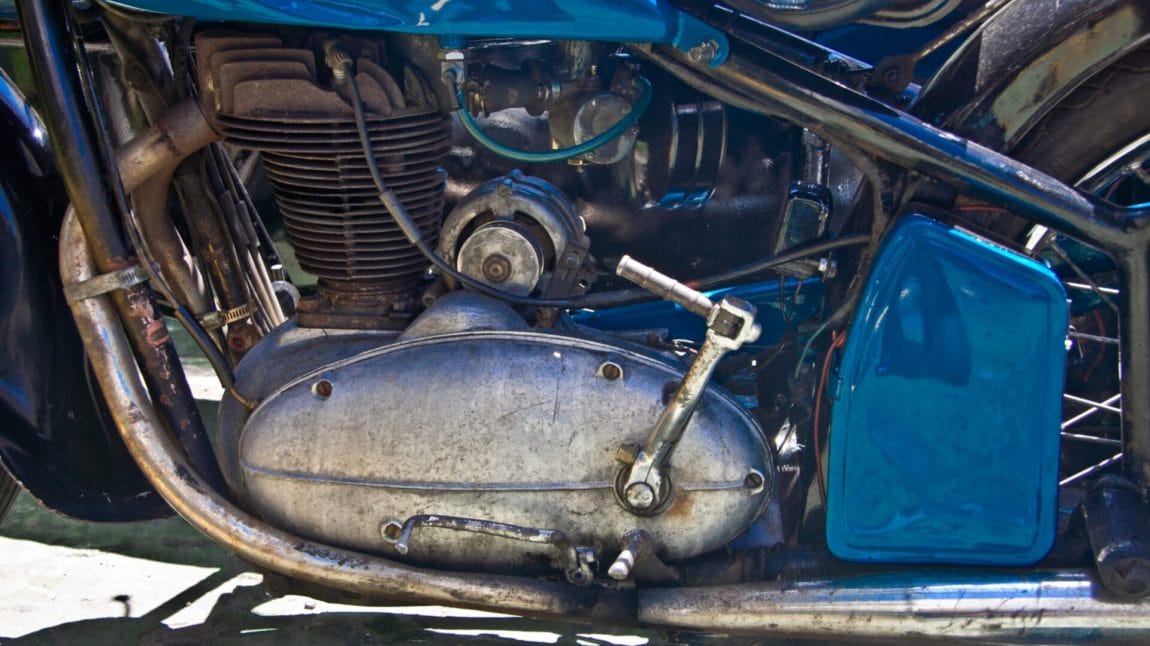
- How to Fix?
Here, you have to locate the points and adjust the gap between them to ensure a proper ignition. Follow these steps:
- Locate the ignition cover on the side of the engine crankcase, near the top. Remove it to expose the ignition parts including the points. The ignition points are two small metal contacts that open and close based on the cam’s movement.
- To check the gap between the two metal parts, rotate the engine and make the points move apart until they reach the largest gap. Insert a feeler gauge to check for resistance while moving it. If you don’t feel any resistance, the gap is too big.
- Use the hold-down screws beside each point to adjust the gap. Make sure the screws are snug and the gap is small enough only to insert a feeler gauge. When you’re done, set the ignition timer and go for a test drive.
Intake Valve Problems
In most cases, it’s the intake valve spring that causes carburetor backfires. A broken or worn broken spring doesn’t allow the valve to close fully and creates leakage.
When the unburned fuel-air mixture leaks, the spark ignites the mixture prematurely in the intake manifold, causing a ‘pop’ or backfire. Too tight intake valves and burnt or worn valves can also lead to the same issue.
- How to Fix?
Depending on the damaged part, you’ll have to adjust the valve clearances, install new springs, or replace worn valves. You need to take off the camshaft and use specialized tools such as a valve spring compressor.
Besides, knowing the right alignment and torque is also essential to get the right fit. Therefore, I recommend seeking help from a professional to tighten or replace the intake valves. The average cost is around $300 to $600.
Bad Carburetor
The carburetor controls the flow of fuel and air for proper combustion. Your motorcycle’s carburetor consists of a float bowl, float, needle and throttle valve, main and pilot jet, choke, and idle adjustment screw.
Clogged jets, a malfunctioning float, stuck valves, or vacuum leaks are some common issues with these components. All these eventually lead to an improper air-fuel ratio, resulting in carb backfires.
- How to Fix?
In this case, you have to disassemble the carburetor and clean or replace the damaged parts. Before you start, purchase a carburetor rebuilding kit specific to your motorcycle model. Now, follow the steps given below:
- Take your motorcycle service manual to get instructions on how to rebuild the carb. To separate the carb from the engine, disconnect the attached wires and mounting screws from the carb. Remove the airbox and carburetor rack as well.
- Now, disassemble the carburetor parts with the necessary tools. You need to take off the float, seals, carb jets, and other related parts. Make sure you store all these components safely for later use.
- Inspect each component for signs of wear and mechanical damage. Use a carburetor cleaner to thoroughly clean them.
- Get replacement parts and purchase new seals, gaskets, and O-rings. Finally, reassemble all the removed components and mount the carburetor in place.
Broken Wires
Modern motorcycles largely depend on sensors and wires to control the combustion cycle. Although rare, broken wires in the spark plug, crankshaft, or vacuum hoses can cause incomplete combustion and backfiring.
- How to Fix?
Refer to the wiring diagram of your motorcycle to locate all the wires in your engine. Visually inspect them for any burns or damage.
- If you find any, remove the protective cover from it and expose the two metal wires inside. Now, take a multimeter, set the ohms, and connect the metal wires to its prongs.
- When there’s no resistance or voltage change, replace the wire.
FAQs
In this section, I’ll walk you through some common queries riders often have regarding carb backfires.
Can I drive if my motorcycle backfires?
No, it’s not safe to drive when your motorcycle is popping fire through the carburetor. It can damage the engine and fuel system components. However, occasional backfires don’t pose any immediate safety issues.
What is the difference between misfiring and backfiring?
A misfire occurs when the fuel-air mixture doesn’t ignite properly inside the engine cylinder. On the other hand, during a backfire, the unburnt fuel-air mixture ignites outside the cylinder.
Can bad ECU cause backfire?
Yes, a bad Engine Control Unit (ECU) can contribute to backfiring. The ECU manages fuel injection and ignition timing. If it malfunctions, it can send incorrect signals, leading to improper combustion and backfires.
Final Words
Understanding why your motorcycle backfires through the carburetor is essential to diagnose and fix the problem. Consistent backfires are extremely dangerous, so it’s essential to take prompt action. Inspect for wrong ignition timing and damaged parts in the system.
To prevent backfires, always keep the parts clean and ensure regular maintenance. Use high-quality fuel and check on all the seals and gaskets. While it’s easy to fix some of the parts by yourself, don’t hesitate to get professional help if needed.


